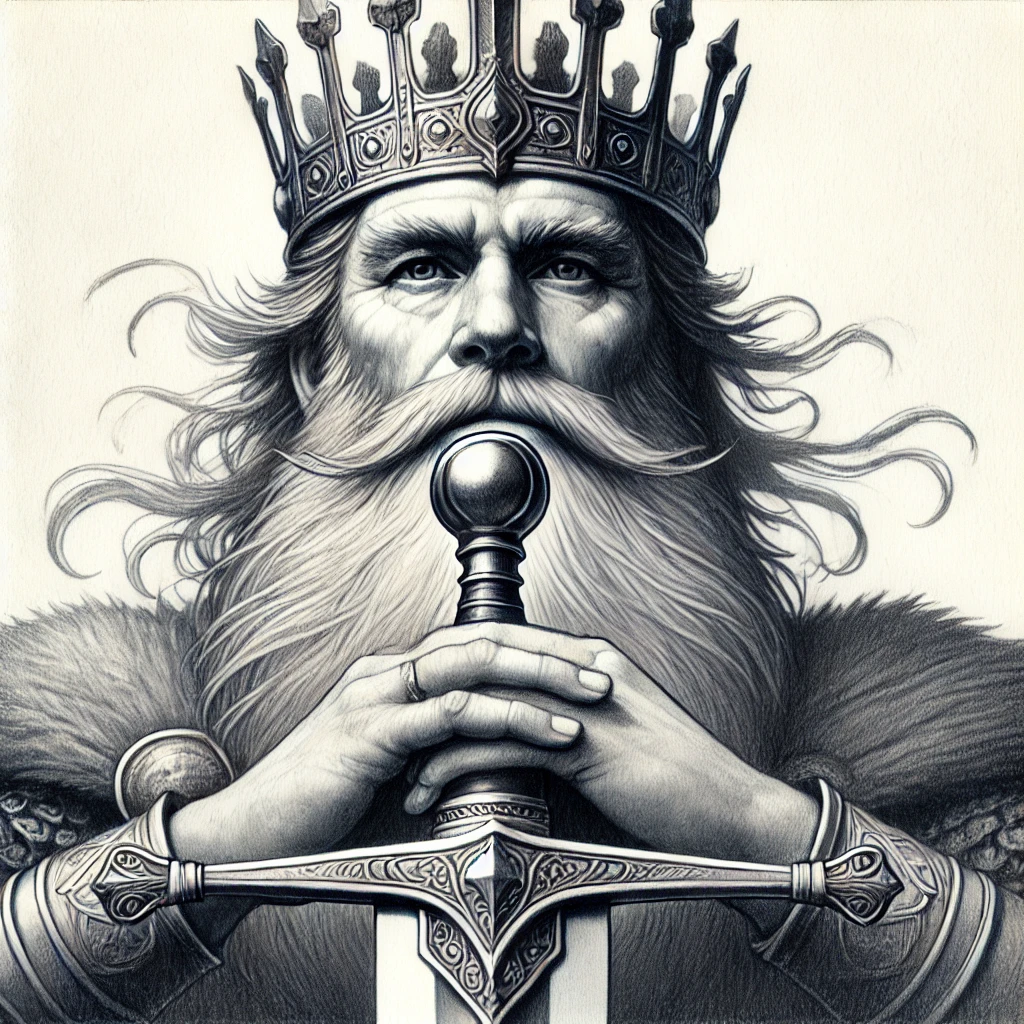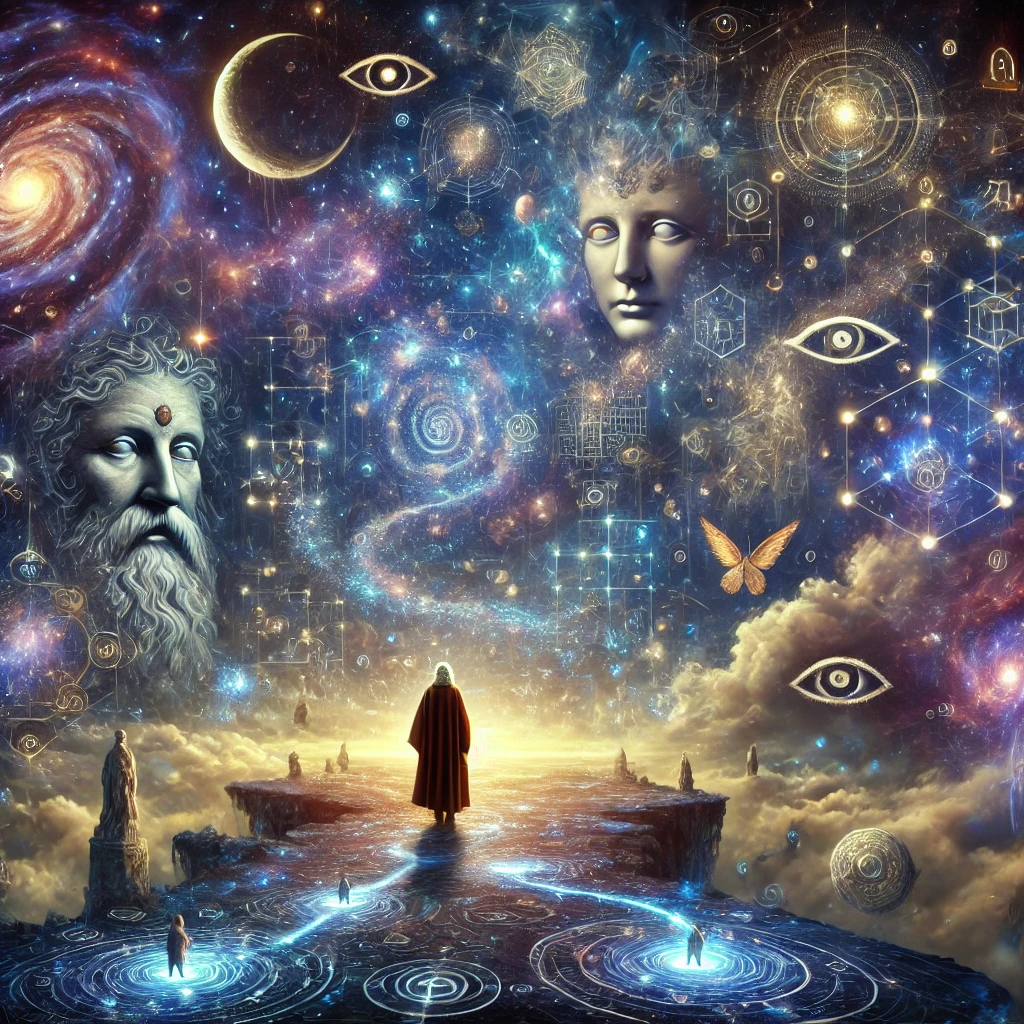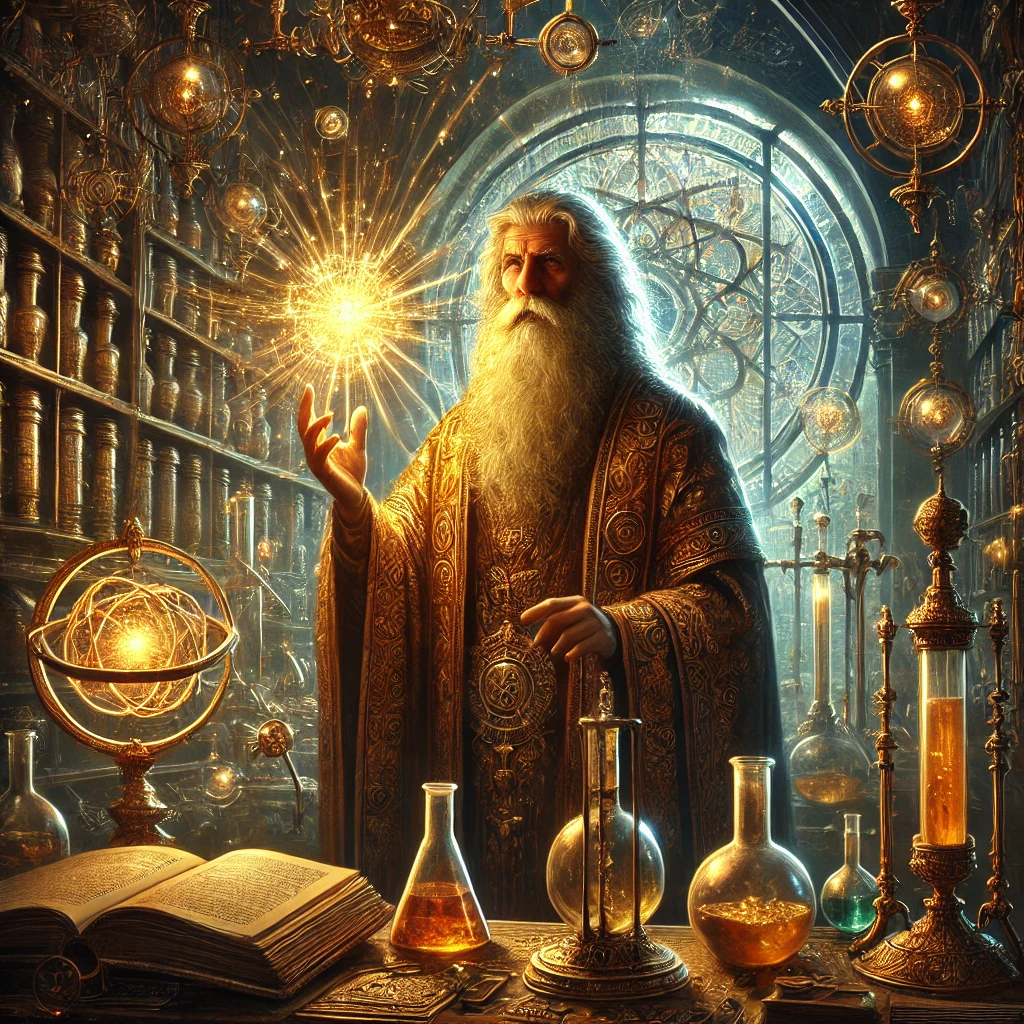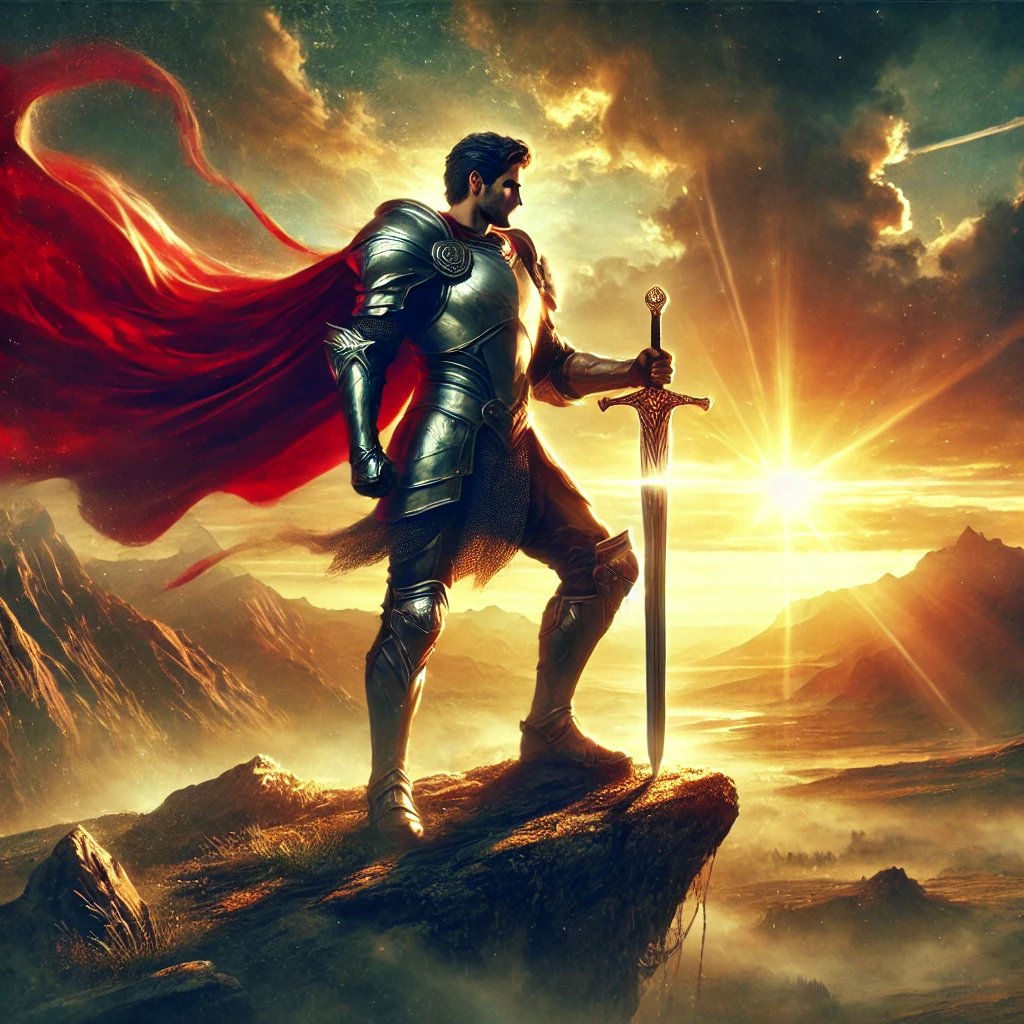It’s common for us to ask, ‘Who am I?’
In an age of so much choice, we don’t always know what to do next.
Like someone scrolling through Netflix, you always wonder if the other one would have been better.
It’s also common to be given a path from parents, friends, or other social norms. We end up on a journey that is not our own.
Without understanding who we really are, how can we pursue the life that is right for us?
Personality archetypes, spiritual journey, and the question of ‘Who am I?’
Carl Jung believed in a collective unconscious. This collective reservoir of feelings, preferences, and ideas guides us all in many ways. It is shared across time and culture, accessible to each of us.

Jung rejected the idea that we are born a total blank slate. Asserting that there are patterns of personality that make up ‘types’, Jung believed we access spiritual codes for what makes us tick.
It’s in this deep, inner world that we meet Jungian archetypes like ‘The Hero’ or ‘The Healer’, and other archetypes that shape our paths, like guides on a spiritual journey.
Called ‘archetypes’, these categories of human personality traits and ultimate desires can help us understand what our true calling is. Jung encouraged us to access the deep drives within us and pursue what our soul begs of us.
Who am I? How can I use the archetypes to understand my path?
Jung saw archetypes as a bridge between the conscious and unconscious mind. Each one has its own set of motivations, strengths, and shadows. These are traits that live within us.
It’s likely that you will relate to a few of the archetypes, and you might even change which one is most dominant within you at certain points in life. However, there is generally one type that will best describe the things that ignite your inner spark.
Archetypes as guides on the spiritual path
Archetypes can offer us understanding of our spiritual purpose.
They help us see beyond the surface of personality to understand deeper drives that make us who we are.
1. Self-realization and the journey of individuation
Jung believed our life’s goal is individuation; becoming the most authentic, whole version of ourselves. It’s not about achieving perfection but merging all parts of ourselves, light and shadow alike.
The Hero archetype draws on the desire to be brave in our quest and to face life’s challenges with resilience. The Shadow archetype embodies our fears and insecurities, urging us to confront what we often avoid.

By integrating our archetypes, we take a significant step toward personal growth and spiritual wholeness.
2. Connection to the collective unconscious
When we connect with an archetype, we tap into a reservoir of thoughts and patterns that have been shared across humanity.

These symbols connect us to the experiences and wisdom of all who have walked before us. In engaging with the Lover archetype, for example, we experience our innate desire for connection to others and a need for belonging. Recognizing this archetype fosters compassion and reminds us that our joys and challenges are universal, part of a collective experience that transcends individuality.
3. Spiritual growth through the Shadow
Perhaps one of the most challenging archetypes to confront is the darker, hidden side of our psyche known as the Shadow. Each archetype has its own set of shadows, where our innate desires turn us to negative behavior. For example, those who seek the King archetype may become tyrants if their desire for leadership turns into a need for absolute control.
Jung taught that spiritual growth requires not only accepting but integrating these less-visible aspects of ourselves. In facing our Shadow, we learn that true enlightenment isn’t about denying our flaws; it’s about embracing our complexity. Acknowledging and understanding our Shadow self frees us from unconscious behaviors, bringing a deeper authenticity to our lives.
4. Personal transformation and inner symbols
Archetypes frequently surface in myths, dreams, and stories, acting as symbols of transformation. The Magician archetype, for instance, represents transformation and mastery, as the alchemist who turns base metals into gold. Engaging with this archetype inspires us to look within, embracing our capacity to grow, change, and ultimately transcend the limitations of the ego. Such symbols remind us that self-discovery is also a journey of spiritual awakening.

5. Unity of opposites: Balancing masculine and feminine energies
The Anima and Animus are feminine and masculine energies present within each of us, and they encourage us to balance these complementary forces. In bringing them into harmony, we move closer to inner peace.
In many spiritual traditions, this balance symbolizes the union of dualities, an essential step toward transcending the limitations of the ego and reaching a state of spiritual wholeness.
6. Transcending the ego
Each archetype subtly urges us to look beyond our ego, the part of us that craves control and recognition. By engaging with these archetypes, we learn to see beyond our limited self-image, connecting to a greater, more universal essence.
The Sage archetype, for example, seeks truth and understanding, teaching us the value of wisdom over ego-driven success. Similarly, the Magician shows us the potential to connect with deeper, transcendent forces within ourselves.
Bringing archetypes into daily life
How can we start working with these Jungian archetypes to foster spiritual growth?
Begin by observing the archetypes that resonate most with you. Which figures feel familiar?
Do you often embody the Caregiver, tending to the needs of others? Or do you feel drawn to the Explorer, eager to uncover new perspectives and insights? Identifying these archetypes in yourself offers a powerful tool for self-discovery and transformation.
Try reflecting on how each archetype shows up in your daily life, both in its light and shadow aspects. For instance, if you resonate with the Hero, notice moments when this archetype gives you strength and courage. Also, pay attention to when the Hero’s shadow side appears, leading perhaps to overconfidence or unnecessary struggle.

The spiritual gift of archetypes
Jungian archetypes serve as timeless companions on our spiritual journey, offering us guidance, insight, and a mirror to our deepest selves.
They remind us that our struggles, joys, and longings are part of a shared human experience, connecting us to something greater than ourselves. By understanding and integrating these archetypes, we gain not only self-awareness but also a greater sense of compassion and unity with the world around us.
In the end, these archetypes teach us that spirituality is not about achieving perfection but embracing wholeness.
It’s a journey of honoring both the light and shadow within, of seeing ourselves in others, and of walking forward with courage, wisdom, and compassion. Through the lens of archetypes, our lives become a rich tapestry woven with universal symbols, guiding us toward a deeper, more connected existence.

Leave a Reply